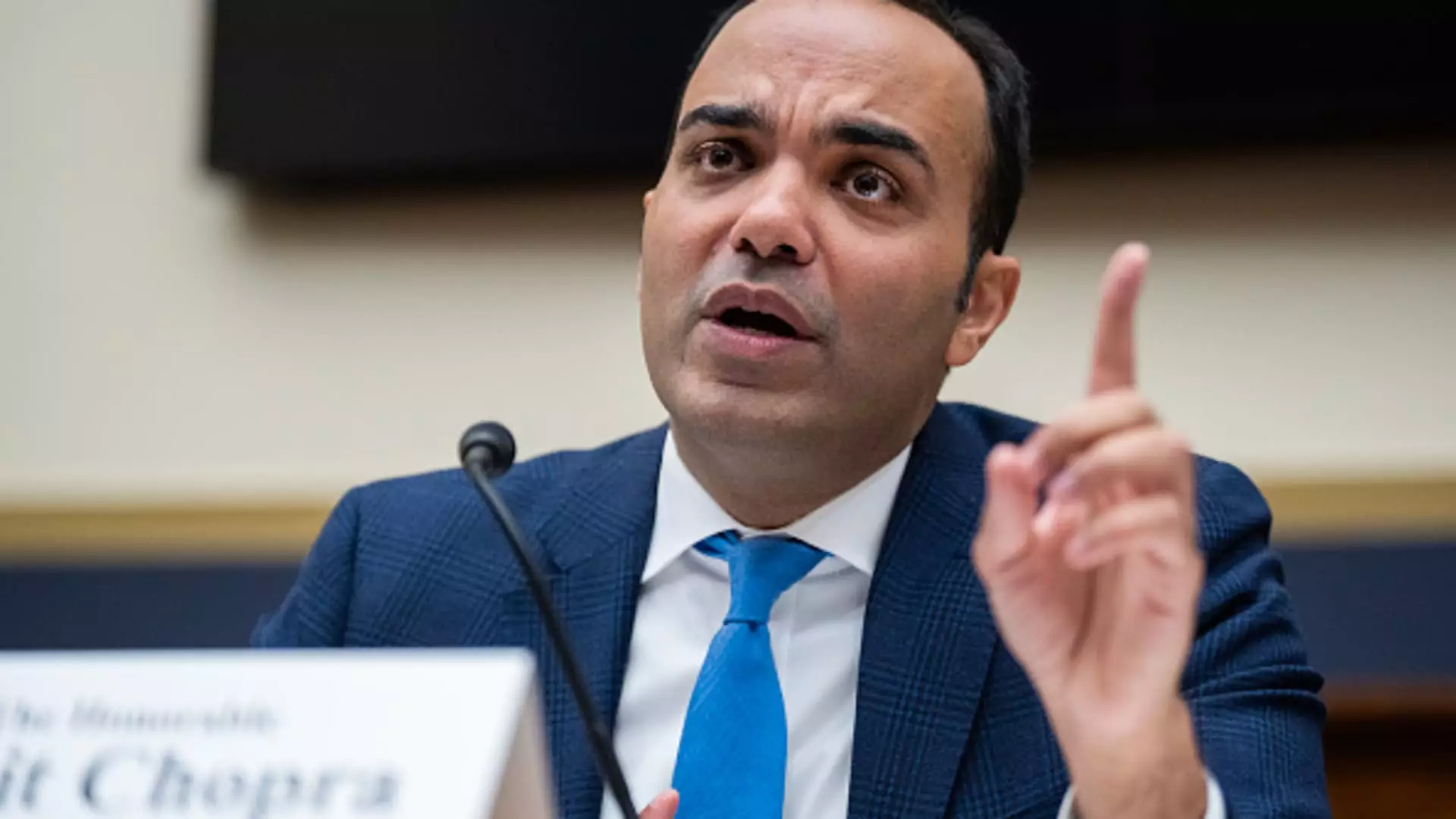On a significant Thursday, the Consumer Financial Protection Bureau (CFPB) made waves by unveiling a final regulation that dramatically curbs the ability of banks to impose hefty overdraft fees. This initiative is estimated to save American consumers a staggering $5 billion each year, altering the financial landscape for millions. Under the new rule, banks can now charge a minimal overdraft fee of $5 — a seismic shift from the previous average fee of approximately $35 per transaction. This move reflects an ongoing effort to address what the CFPB describes as a procedural loophole manipulated by major banks, leading to exorbitant fees that have, for too long, depleted Americans’ bank accounts.
Historically, overdraft fees have been a cash cow for financial institutions. Since 2000, revenue from these fees has soared to around $280 billion. However, as scrutiny on banking practices increased, leading financial institutions like JPMorgan Chase and Bank of America began moderating their approach. Many banks opted to lower fees or set caps on transactions that could trigger an overdraft charge, and some even eliminated those fees entirely. The CFPB’s new regulation specifically targets banks and credit unions that manage assets of $10 billion or more, reinforcing an evolving landscape where consumer interests are prioritized.
CFPB Director Rohit Chopra emphasized the new rule’s intent in a statement, pointing out that it aims to dismantle the existing system that allows major banks to impose what he terms “excessive junk fees.” By mandating transparency regarding interest rates tied to overdraft loans, the CFPB aims to foster an environment where consumers can make more informed financial choices.
As the CFPB sets these new standards, the implementation of this regulation will not come without challenges. The rule’s anticipated effective date is set for October 1, 2025, yet it already draws substantial opposition from banking associations. Historically, banking groups have managed to effectively challenge CFPB initiatives. For instance, a proposed cap of $8 on credit card late fees had previously been delayed by legal hurdles.
The arrival of a new administration, following Donald Trump’s election victory, poses further complications for sustaining this consumer-friendly regulation. Expected changes in leadership at the CFPB are likely to tilt the agency’s priorities away from aggressive consumer protections, creating uncertainty around the future of the overdraft fee rule.
Banking organizations argue that restricting overdraft fees could inadvertently restrict access to essential financial services, potentially pushing customers toward less favorable alternatives like payday loans. The Consumer Bankers Association has already voiced its intentions to challenge these regulatory changes, exploring various methods to stymie the enactment of the overdraft rule.
Advocates for consumer rights view these banking associations’ arguments with skepticism, suggesting that the proposed changes are necessary to protect vulnerable populations from falling into cycles of debt that can arise from high overdraft fees. Critics of the financial sector’s recent trajectory contend that, rather than providing resourceful financial products, banks have frequently exploited consumer vulnerabilities.
The CFPB’s new rule on overdraft fees represents a critical juncture in the ongoing debate over consumer financial protections. By spearheading this initiative, the bureau not only seeks to alleviate the financial burden on millions of Americans but also signals a broader commitment to increasing accountability in the banking industry. As the regulation moves toward implementation, the ultimate impact will largely depend on how stakeholders — including banks, consumers, and policymakers — navigate the challenges and debates that lie ahead.
As the financial landscape evolves, consumer advocacy remains paramount. The charge towards reforming overdraft fee regulations reflects a growing recognition of the need for equitable financial practices, ensuring that institutions engage with their customers honestly and transparently while safeguarding consumer rights.

